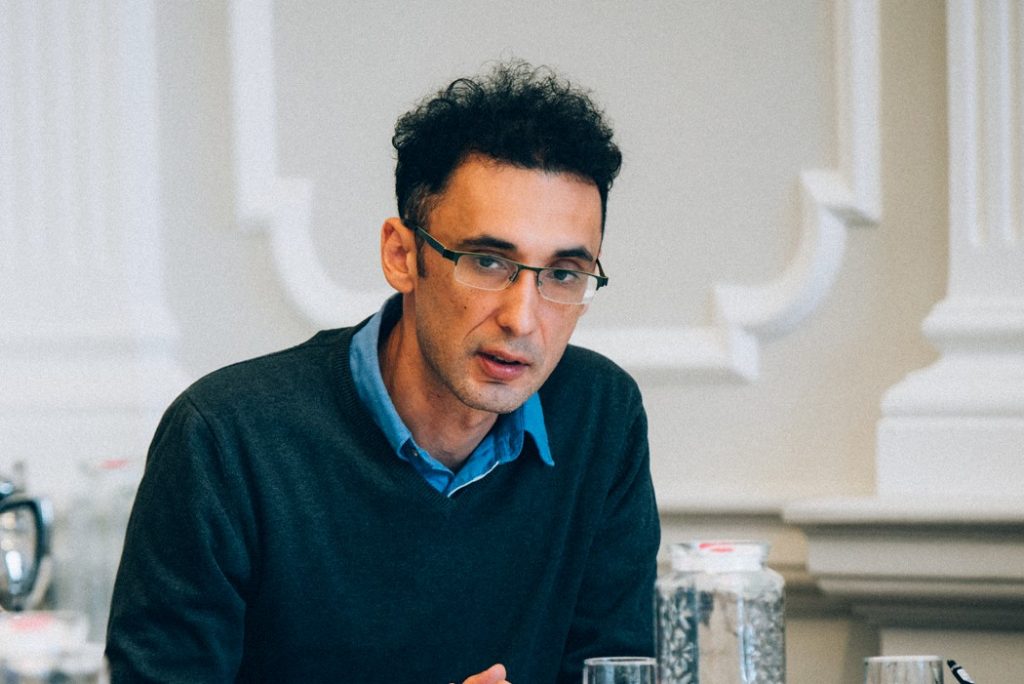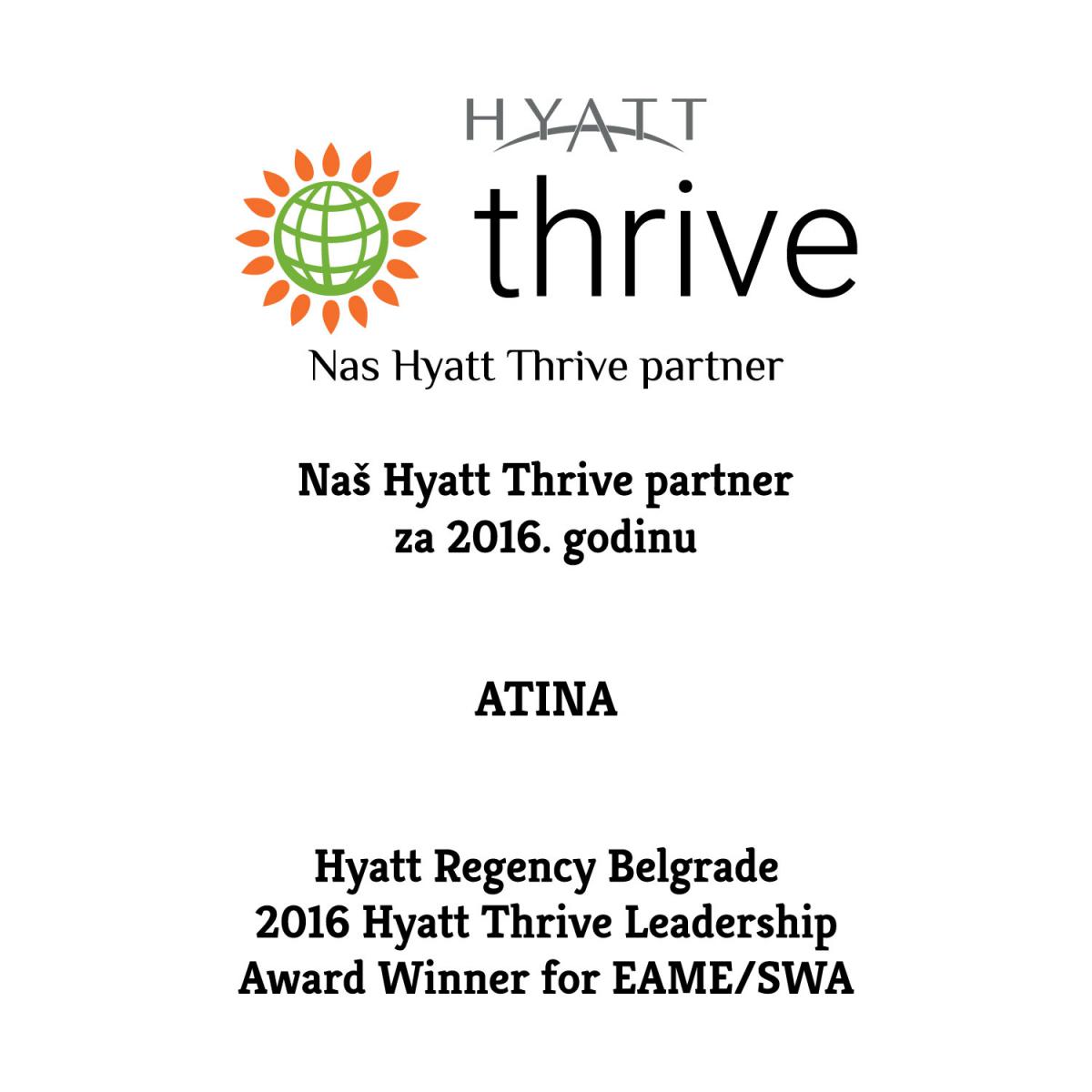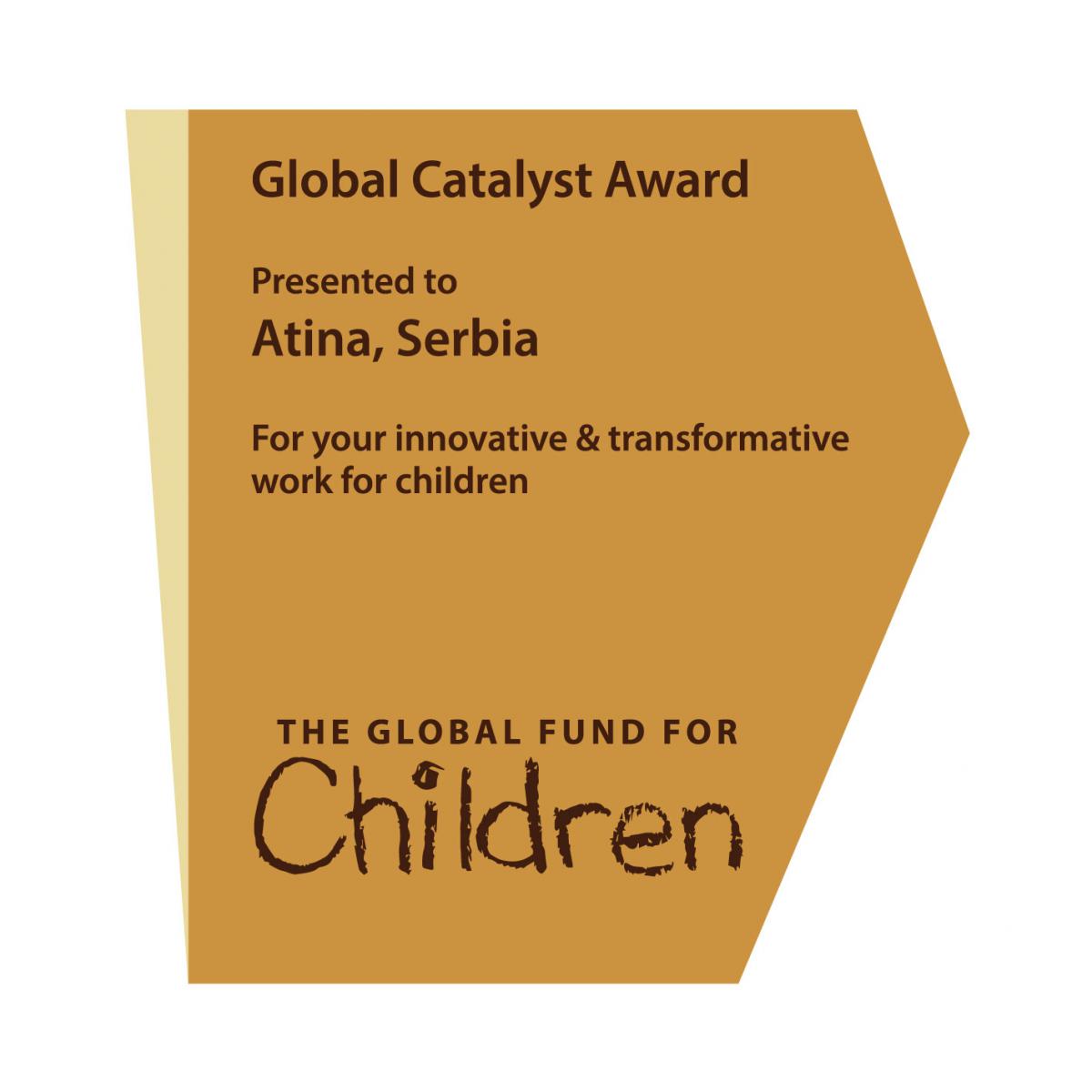Hotline: +381 61 63 84 071
Combating Human Trafficking in Serbia: In 2019, we are still speaking about things that should have been long since eradicated

Human trafficking in Serbia – misconceptions, challenges and progress
In 2018, a total of 76 human trafficking victims have been identified in Serbia – 34 out of whom for the purpose of sexual exploitation, and 18 for the purpose of forced labor – shows, among other things, the U.S. Department of State 2019 Trafficking in Persons Report.
The issue of human trafficking in Serbia is currently being tackled by competent state authorities as well as civil society organizations that have been quite active in this field in the last two decades. The Government of the Republic of Serbia adopted its first comprehensive Strategy in 2006, and the second one in 2017 –the Strategy for Prevention and Suppression of Trafficking in Human Beings, Particularly Women and Children, and Protection of the Victims 2017-2022 is currently being implemented.
As cooperation between state institutions and civil society in this area exists, two organizations have been engaged in monitoring and evaluation of the Strategy implementation – Citizens’ Association for Combating Trafficking in Human Beings and All Forms of Gender-Based Violence “ATINA” and “ASTRA – Anti-Trafficking Action”. Has this cooperation been developed sufficiently to tackle complex issues of human trafficking? What could be done differently?
Representatives of these organizations – Hristina Piskulidis (ASTRA) and Milan Aleksić (Atina) spoke about the greatest misconceptions, challenges, and progress in combating human trafficking.
The greatest misconceptions about human trafficking in Serbia
In the interview for Talas, Hristina Piskulidis from ASTRA stated that one of the greatest misconceptions pertaining to human trafficking is that it happens to someone else. Although, as she said, there are vulnerable groups more exposed to the risk, the data show that human trafficking victims come from all social layers, nationalities, gender/sex, or levels of education.
The common thread, she added, is previous experience of violence, “Among persons we have this information for, as much as 75,48% had been exposed to some form of violence prior to experiencing human trafficking (most commonly domestic violence),“ explained Piskulidis.
Another major misconception she mentioned was the way in which traffickers are perceived – contrary to assumptions they are ’obvious’ criminals we easily recognize, in reality human trafficking perpetrators can be our acquaintances, employers, or even persons close to us – relatives or partners, as these are often persons whom potential victims trust.
Piskulidis also explained what human trafficking encompasses, as general population is unfamiliar with that as well. Human trafficking includes the following: sexual exploitation and forced prostitution, forced labor / labor exploitation, forced begging, forced criminality, organ trafficking (forced extraction of organs for the purpose of sale), domestic servitude, forced marriages.
Ultimately, our interviewee emphasized, as a form of organized crime, human trafficking is actually a gender issue as well – as she said, around 80% of perpetrators are men, while the proportion is reversed when it comes to victims: around 80% of victims are women and girls.
As much as 75,48% of them had been exposed to some form of violence prior to experiencing human trafficking (most commonly domestic violence)
Milan Aleksić from Atina stated that human trafficking actually occurs due to misconceptions:
“To that end, we can say that a great misconception is the general belief that human trafficking victims are to be blamed for their own predicament. Victims are not to, and must not, be blamed for poverty, destitution, violence they have been exposed to, for not having anyone to ask for help,“ stressed Aleksić.
According to him, risks of human trafficking are various, and constantly changing. “Misconception is a belief that ’nothing can happen to me because I haven’t done anything wrong’… In the refugee crisis, when entire communities were on the move, we have witnessed the extent to which all these people were at risk of abuse, from violence to exploitation; we see the risks of exploitation faced by persons who go abroad for illicit work, etc,“ explained Aleksić.
Piskulidis: During the court proceedings, human trafficking victims relive traumatic experiences at least 7 times.
Although cooperation between state institutions and civil society formally exists, it seems like civil society organizations are still neglected in some respects, despite their immense contribution to combating human trafficking.
Our interviewee, Hristina Piskulidis, underlines that a discontinuation, or decrease of contact, with ASTRA’s Team for support to victims occurs from the moment when the Center for Human Trafficking Victims Protection enters the equation – the Center was founded by the Government of Serbia in 2012.
“The practice shows that, in efforts to establish its position, the Center loses, neglects, or ignores existing resources in Serbia, including those of civil society organizations. Therefore, human trafficking victims fail to receive services and support they are entitled to by all standards, “ she explained and added that the Center itself in its annual reports cites that its capacities are not sufficient for adequate response to all the existing needs.
“On the other hand, ASTRA is regularly invited, and participates in creating and enacting almost all relevant regulations and documents related to the issue of human trafficking, so a constant progress is noticeable in the area of regulating legal framework,“ addeed Piskulidis.
Another problematic aspect she mentioned lies in the fact that, during court proceedings, human trafficking victims in Serbia repeat their statement around seven times in front of various instances, and thus “relive each traumatic experience at least seven times, in detail “.
While in theory it seems like the state is dedicated to the issue of human trafficking, the impression is that some steps are taken too late, and are a direct consequence of the pressure from international community. To that end, our interviewee, Milan Aleksić, assessed the efforts of the Government of Serbia in this area:
“Institutional response is delayed and proves to be insufficient in practice for solving basic difficulties human trafficking victims are facing. We have been waiting for six long years for the adoption of the Strategy, and for establishment of the National Office for coordinating anti-trafficking activities. If you ask me, this time has been wasted and cannot be compensated; moreover, the problems that have been swept under the carpet are now surfacing on a daily basis,“ stressed Aleksić.
According to him, the Strategy was not enacted to change something, but due to obvious pressure of the international community to have that kind of umbrella document – while, he added, the document itself was created without analysis of accountability for previous bad moves. International pressure in this respect pertains primarily to opening negotiations within Chapter 24 with the EU – justice, freedom and security.
An additional problem, Aleksić pointed out, is the lack of resources for the Strategy implementation – “we should remind that there is no money for human trafficking victims to exercise belonging rights, which Serbia is bound to ensure by the Council of Europe Convention on Action against Trafficking in Human Beings“, he added.
While institutions and political bodies have limited jurisdictions, Aleksić states it is necessary to further strengthen the position of the National Anti-Trafficking Coordinator:
“The National Coordinator, Mitar Đurašković, is familiar with this area and has a vast experience in combating human trafficking; however, his term should be clearly and precisely determined, as by doing so, fight against human trafficking would be even more efficient,“ stressed our interviewee and added that one of the problems is the centralization of power in the hands of few institutions, which calls for the engagement of local communities in this process to be increased.
What is the Government of Serbia doing? Strategy, National Coordinator, Action Plans
When it comes to institutional framework for dealing with the human trafficking issue, National Strategy is the umbrella document.
In 2017, the Government of Serbia adopted the Strategy for Prevention and Suppression of Trafficking in Human Beings, Especially Women and Children, and Protection of the Victims for the period 2017-2022, and the Strategy is accompanied by Action Plans.
In addition, in 2017 the Council for Combating Human Trafficking was formed, presided by the Deputy Prime Minister and Minister of the Interior Nebojša Stefanović. Other members of the Council are Siniša Mali, Minister of Finance, Mladen Šarčević, Minister of Education, Science and Technological Development, Zoran Đorđević, Minister of Labor, Employment, Social and Veteran Affairs, Zlatibor Lončar, Minister of Health, and Nela Kuburović, Minister of Justice.
Moreover, the Government of Serbia website reads the following, ’the National Anti-Trafficking Coordinator has been appointed, and a special working group formed that will implement and monitor the tasks envisaged by the Strategy, as well as the Office for Coordinating Activities in Combating Human Trafficking’. Mitar Đurašković, former main police advisor and the current National Anti-Trafficking Coordinator, was appointed as an acting Head of the Office.
As the Government of Serbia states, the process of institutionalization of victim support was initiated in 2012 when the Center for Human Trafficking Victims Protection +was formed.
Action plan for 2019 and 2020 – what are good, and what are bad measures?
As the Action Plan for the Implementation of the Strategy in 2019 and 2020 is currently in force, our interviewees from ASTRA and Atina have analyzed positive and negative aspects of planned activities.
Milan Aleksić (Atina) emphasizes that the major problem of action plans is that there are no sanctions for failing to comply with them; if certain tasks are not completed, “they are simply transferred to the following period without any consequences for the actors who were obliged to act upon certain activities“.
On the other hand, he added, “it is good that civil society organizations participate in work of the Working Group for this area, and that they are creating necessary responses together with state institutions. However, civil society organizations still do not have an adequate position in institutional response to the issue of human trafficking, as there is still a backlash toward civil society by the state institutions.“
If certain tasks are not completed, “they are simply transferred to the following period without any consequences”
Hristina Piskulidis (ASTRA) mentioned a positive shift in the new Action Plan as, for the first time, civil society organizations are cited as carriers of certain activities.
On the other hand, she added, the Action Plan envisages significantly lower number of activities compared to previous versions – as ASTRA emphasized in the latest prEUgovor Alarm Report, a total of 23 activities have been eliminated from 4 measures, most of which pertain to direct support to victims.
That decrease, she explained, was justified with the shortage of resources in budgets of authorized ministries, while most of the adopted activities pertain to trainings, indicators, and other necessary activities.
Piskulidis stressed the fact that some of the activities covered by donations, and truly necessary – have not been included in the Action Plan (service analysis, National rapporteur for Human Trafficking, Child Alert (Amber Alert)).
In 2019, we are still speaking about things that should have been long since eradicated
Despite all these efforts, solving numerous problems related to combating human trafficking in Serbia remains full of challenges.
Some of them, we can conclude, are a result of insufficient cooperation with civil society and local communities, and a lack of resources. Others, according to our interviewee from Atina, are related to recognizing victims, difficulties with changing the system that ’is not easily accepting new stakeholders’, as well as a particular issue of identifying adult human trafficking victims.
“Instead of putting the victims and their needs in the center of the system of protection and support, the institutions often take this place, the need to meet certain procedures, etc. All this results in a low number of officially identified victims, which is the lowest this year compared to the last several years,“ explained Aleksić. As he said, an additional problem is the implementation of judicial proceedings and lack of resources to ensure compensating the victims, as well as “leakage of sensitive information“ about the victims who often end up in tabloids, which additionally threatens victims’ safety.
“We live in 2019, and discuss things that should have been long since eradicated; we are talking about extreme poverty, constant increase of violence, despite all normative and institutional solutions, we are talking about a growing lack of understanding,“ said Aleksić and added that these are actually the greatest challenges of all.
Author: Lana Avakumović
The original text can be read via the link: https://talas.rs/2019/11/22/trgovina-ljudima-u-srbiji/












 FACEBOOK
FACEBOOK TWITTER
TWITTER YOUTUBE
YOUTUBE